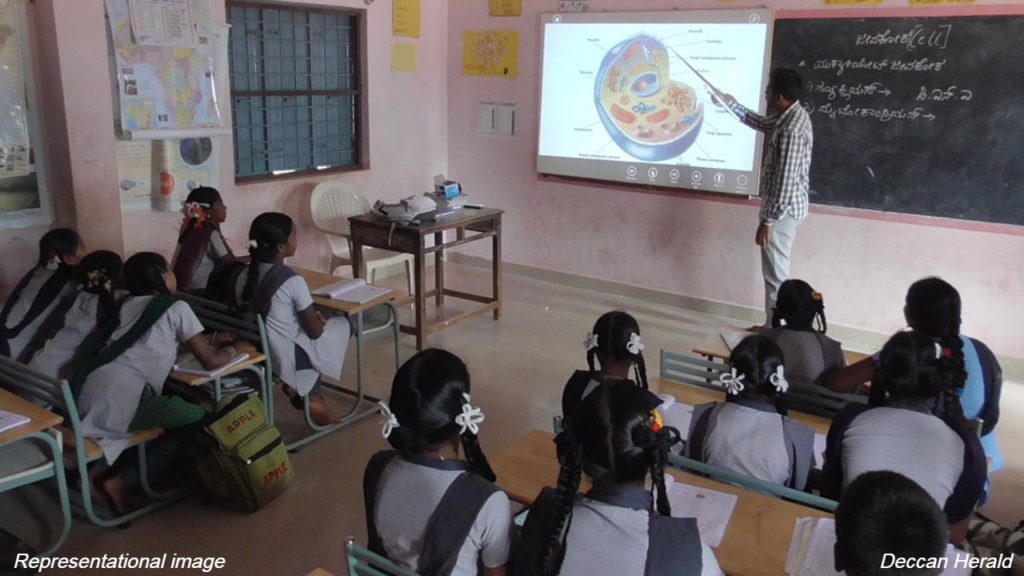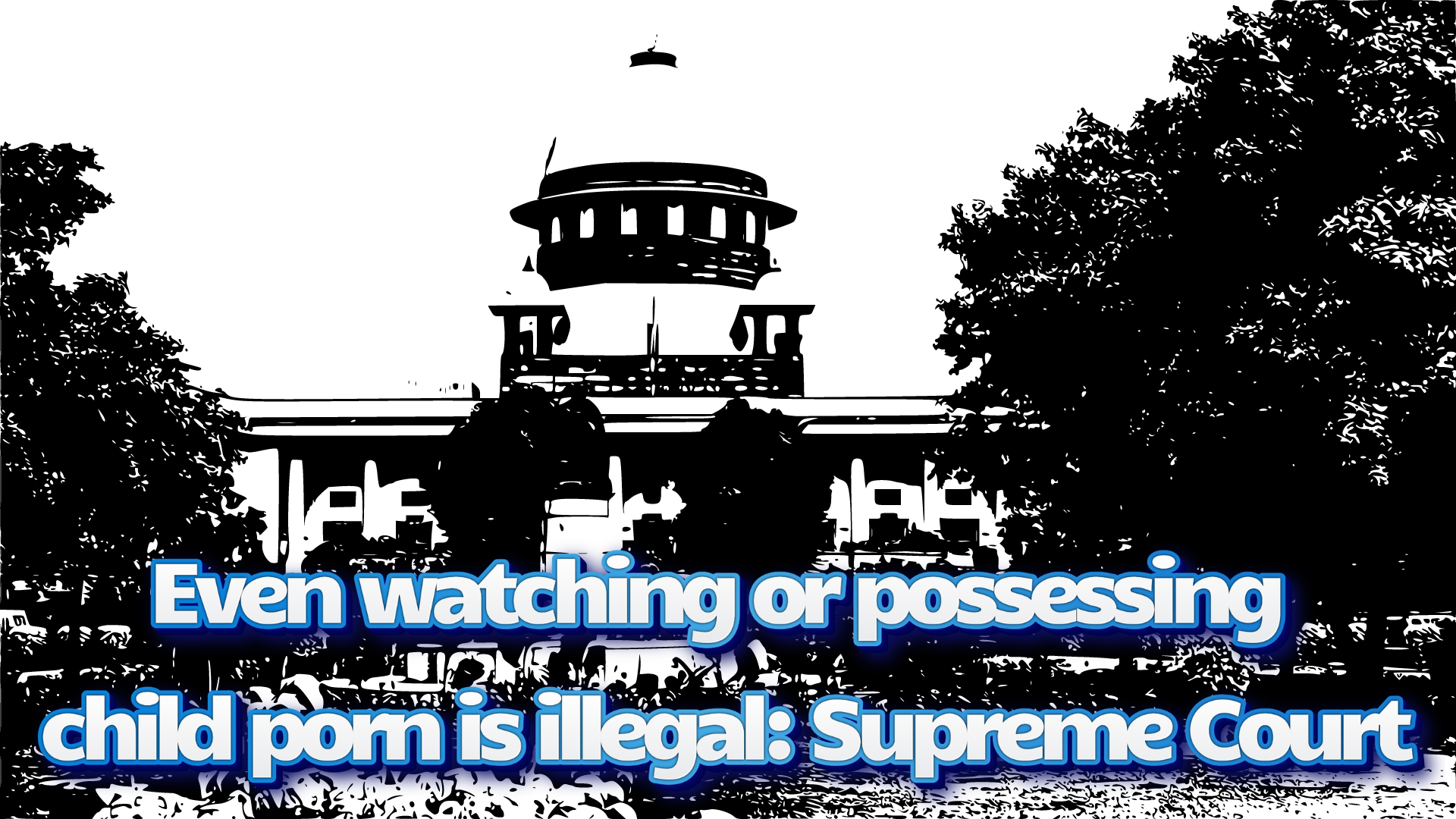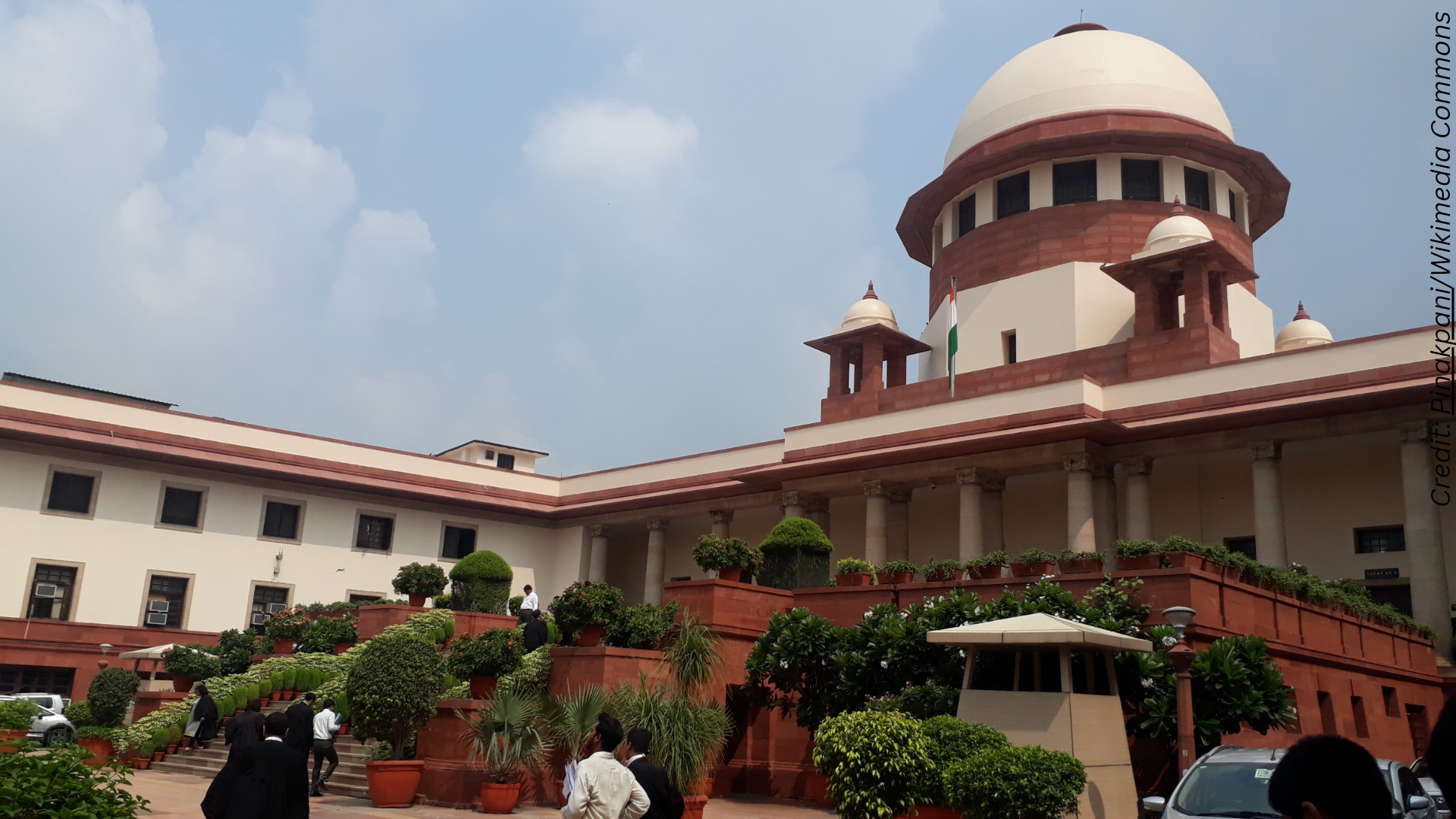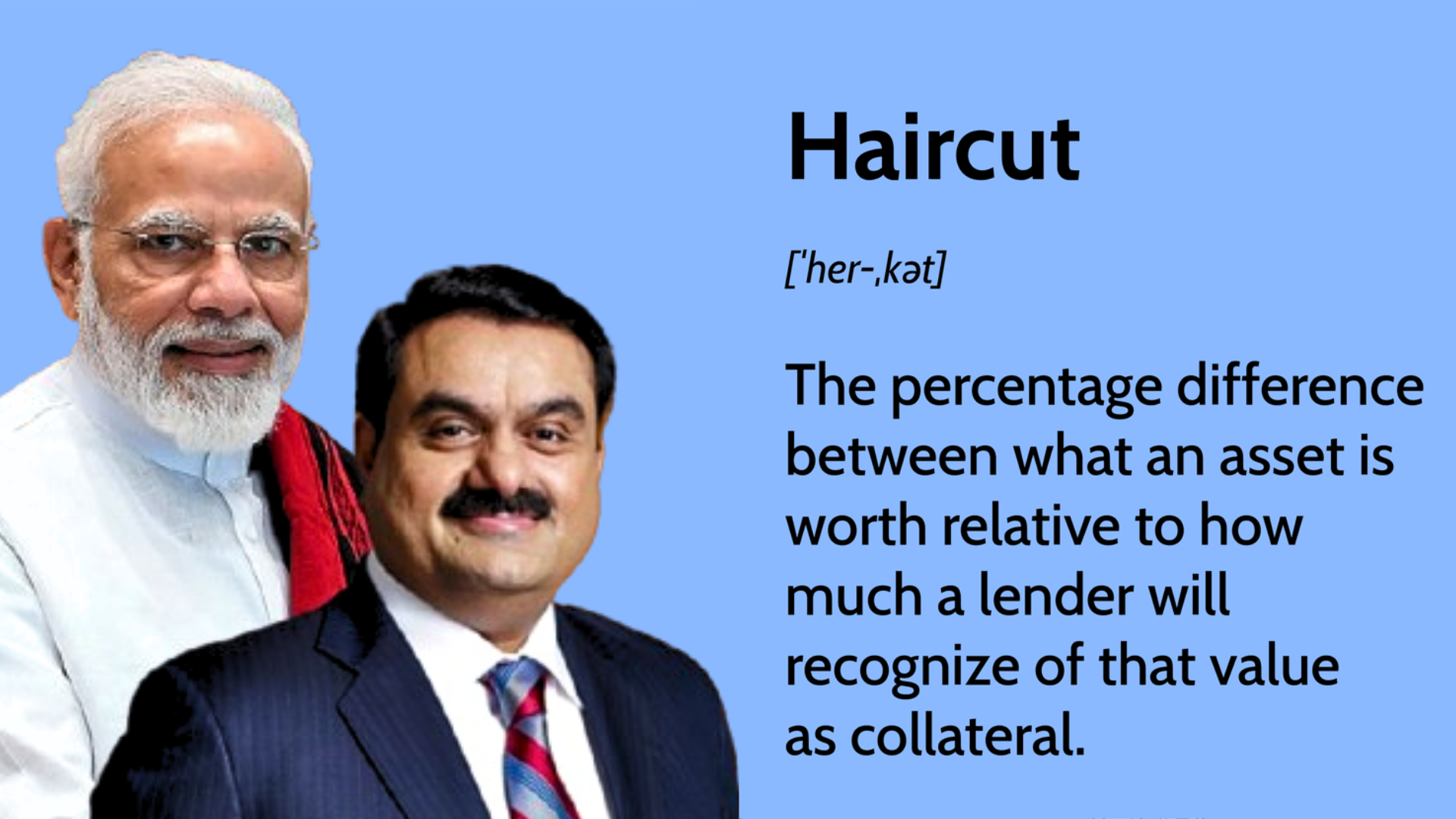ASER survey shows increasing enrolment in govt schools

The results of the 2021 Annual Status of Education Report (ASER), the widely accepted all-India survey of rural students, shows that over the last few years there has been a definitive trend of increase in enrolment in government schools and a decrease in private schools for both the 6-14 and the 15-16 age groups.
Over the last three years, there has been a clear shift of an increasing number of students in non-urban regions enrolling in government schools, and a decreasing number enrolling in private schools, which have been speeded up by the pandemic, the 2021 edition of the Annual Status of Education Report (ASER) 2021, the widely accepted all-India survey of rural students conducted by the NGO Pratham, shows.
The 16th report, released on Wednesday, November 17, is based on a telephonic survey of 75,234 children and members of their households, numbering 76,706, in the age group of five to 16 years, conducted in 581 districts across 25 states and three Union territories over September and October. The children were selected from 7,299 schools in 17,184 villages.
While 4,872 schools, that had reopened after their closure due to the pandemic, were surveyed physically, in-charges of 2,427 schools that had not opened at the time of the survey were contacted via phone for details about their schools.
This year, the survey also tried to find out how children in the age group of 5-16 studied at home since the onset of the COVID-19 pandemic and the challenges that the schools and households now face as schools reopen across states.
According to the 2021 report, for children in the age group of six to 14, the average enrolment in 2018 was 64.3 per cent, which increased to 65.8 per cent 2020 and 70.3 per cent this year.
On the other hand, the enrolment in private schools decreased from 32.5 (30.9) per cent in 2018 to 28.8 per cent in 2020, and then to 24.4 per cent in 2021.
From 2006 to 2014, there was a steady increase in private schooling. After plateauing at around 30 per cent for a few years, there has been a significant decline in the pandemic years.
The maximum increase in enrolment in government schools has been registered in Uttar Pradesh (13.2 per cent), followed by Kerala (11.9 per cent).
The same trend has also been seen among children in the age group of 15-16: A rise in government school enrolment from 57.4 per cent in 2018 to 62.1 per cent in 2020 to 67.4 per cent in 2021, and a fall in private school enrolment from 29.8 per cent in 2018 to 27.3 per cent in 2020 to 25.2 per cent in 2021.
“At an all-India level, there has been a clear shift from private to government schools,” says the report. “This shift is seen in all grades and among both boys and girls. However, boys are still more likely to be enrolled in private schools than girls.”
However, the report mentioned that whether “these patterns constitute a transitory phase, as schools reopen across states or whether they become a permanent feature of schooling in rural India”, only time will tell.
The reasons behind the increase in enrolment in government schools given by those surveyed, including teachers and principals in government schools, are.
- 52% – financial distress caused by the pandemic
- 50% – free facilities available at government schools
- 40% – private schools’ failure to conduct online classes
- 15% – migration during the lockdown
Other findings
The proportion of children (6-14 years) not currently enrolled in school remained unchanged at 4.6 per cent between 2020 and 2021. It had increased from 1.4 per cent to 2.5 per cent in 2018, and further to 4.6 per cent in 2020. On the other hand, for the 15-16 group, however, the percentage decreased from 12.1 per cent in 2018 to 9.9 per cent in 2020 to 6.6 per cent in the current year.
There was a 40 per cent increase in the number of school-going children taking tuition during the closure of their schools due to the pandemic, an 11 percentage point rise from 2018.
About 73.1 per cent of school respondents received training for the implementation of COVID-19 prevention measures in 2021.
According to the report, even though the availability of smartphones increased from 36.5 per cent in 2018 to 67.6 per cent in 2021, more children in private schools had a smartphone at home (79 per cent) compared to those in government schools (63.7 per cent).







